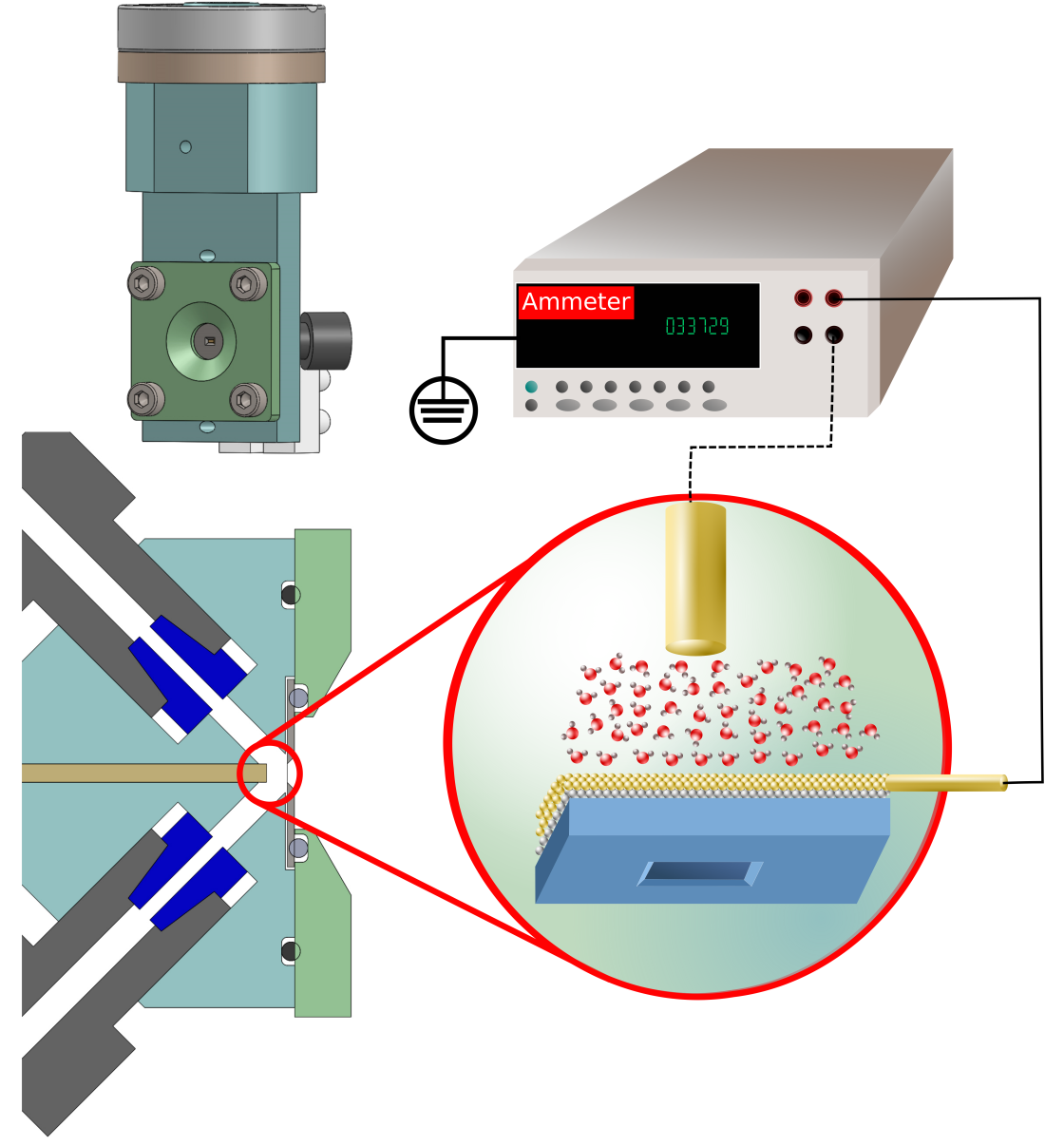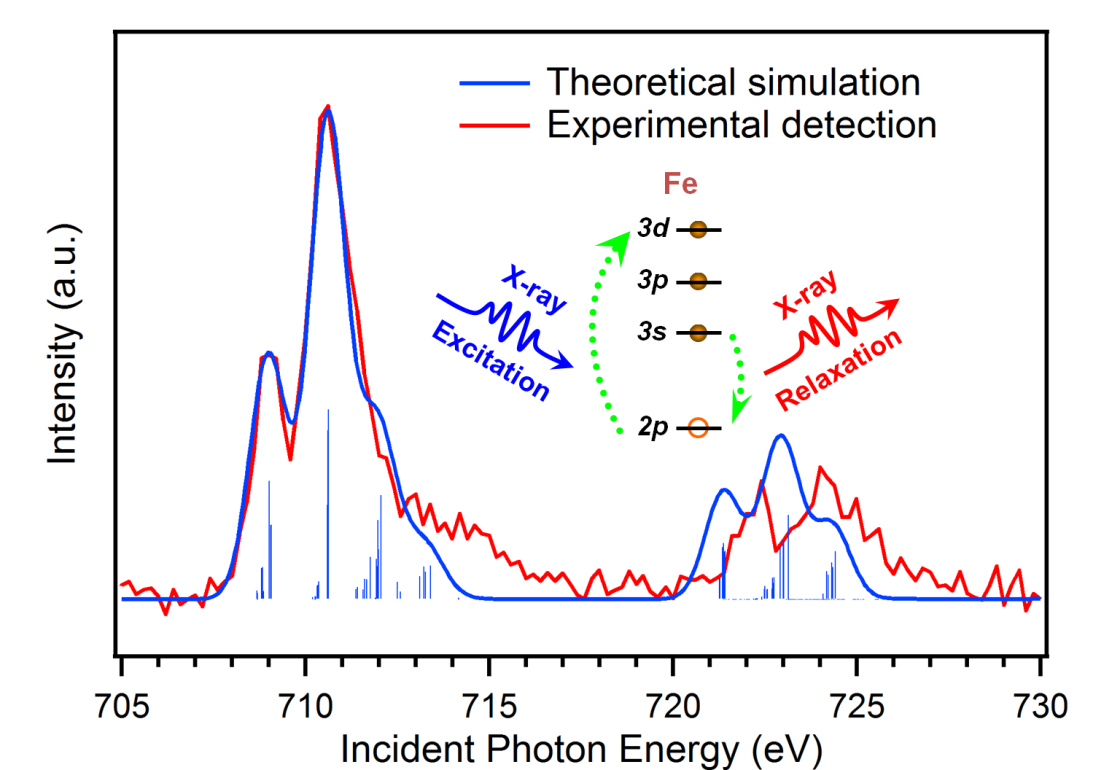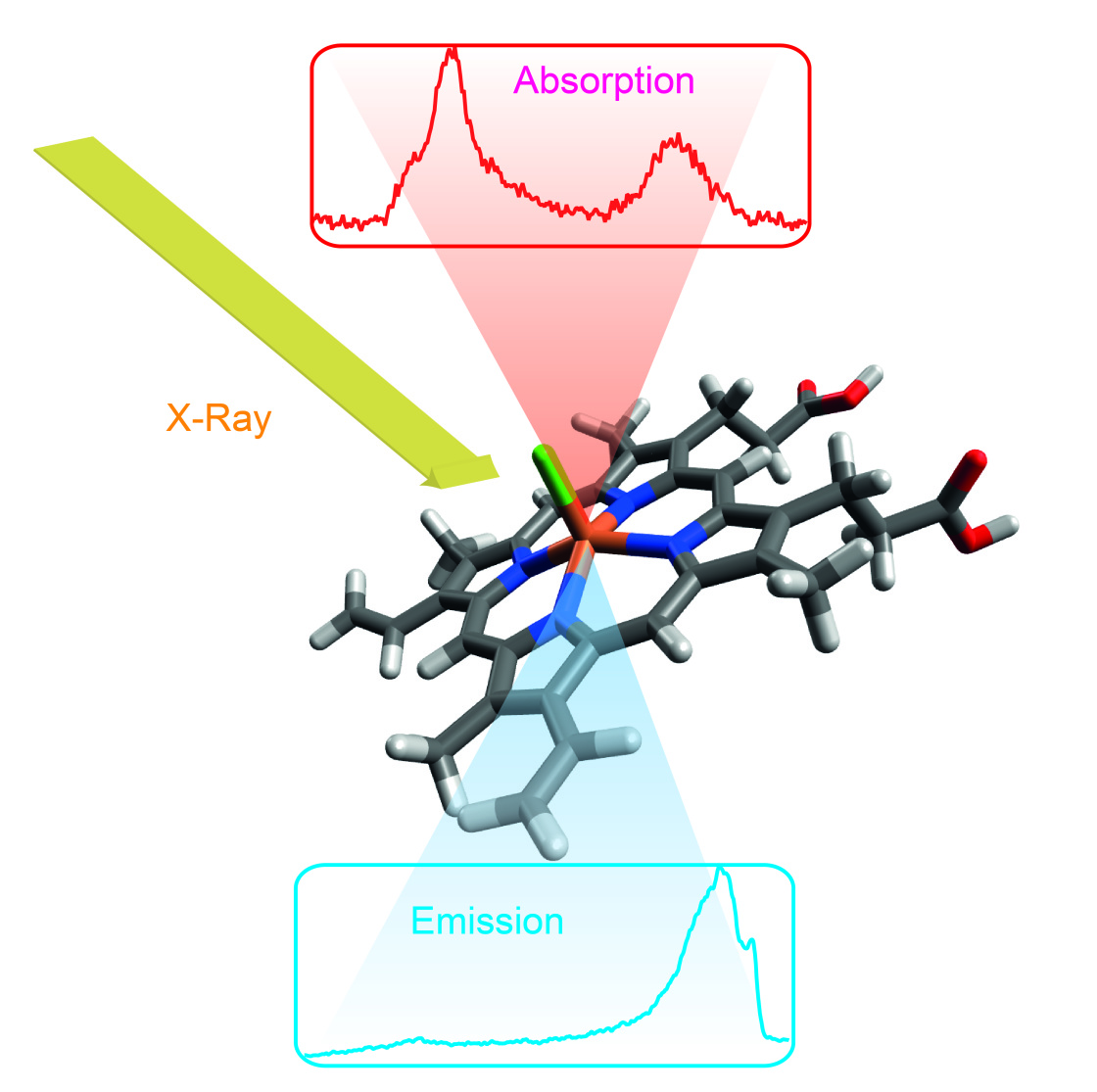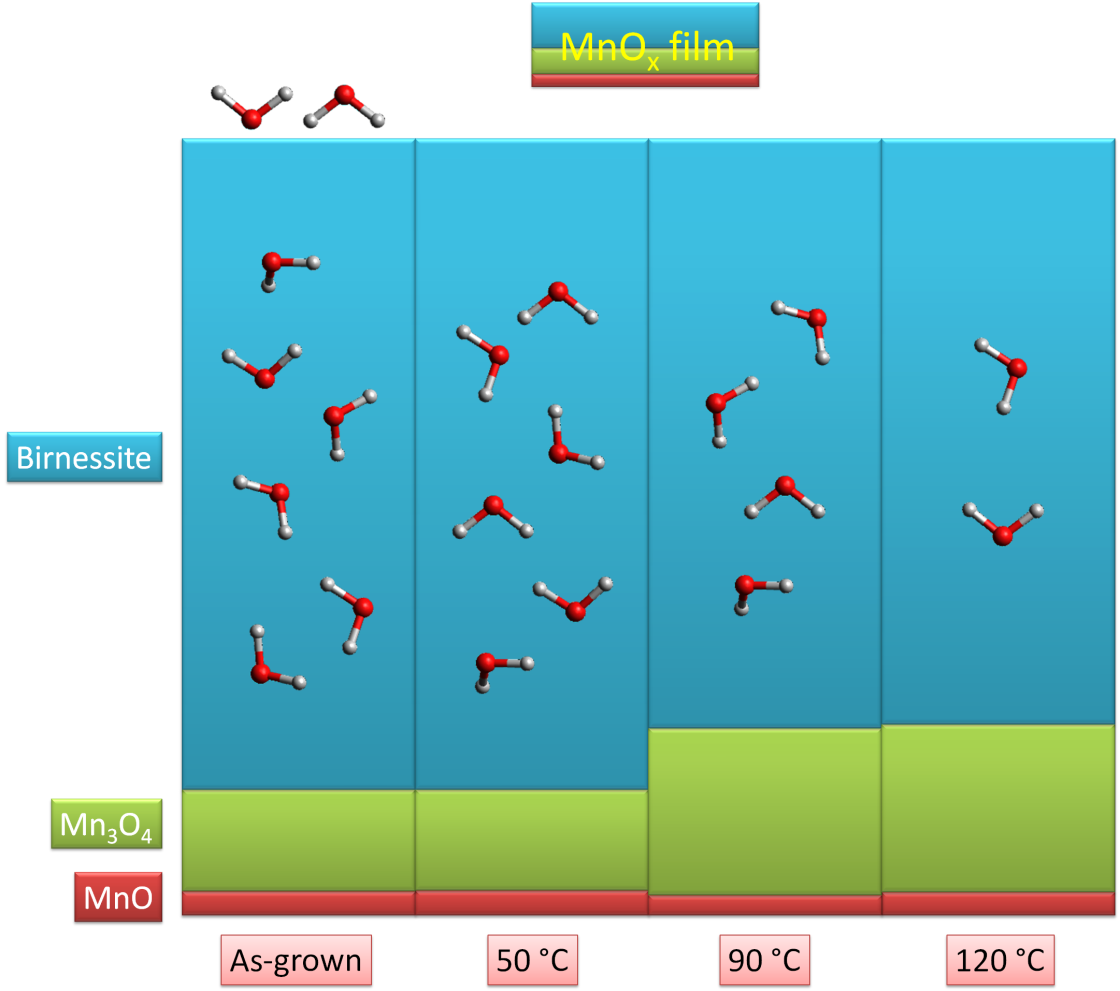Department Highly Sensitive X-ray Spectroscopy
Liquids
Detection method development for X-ray absorption spectroscopy
Total ion yield in liquid cells
Photons and electrons are two common relaxation products upon X-ray absorptions, enabling fluorescence yield (FY) and electron yield (EY) detections for X-ray absorption spectroscopy (XAS). We have demonstrated for liquid solutions that the byproduct ions that are created during electron emissions upon X-ray irradiation on liquid cells can be exploited to generate ionic current (termed as total ion yield, TIY) that will give rise to XA spectra as well. Application of two electrodes installed in liquid cells is crucial for obtaining the XA spectra of bulk solutions. The detected ionic current stems dominantly from the bulk solution species while only marginally from the species located at the membrane−solution interface if both bulk and interface species are present. Such a two-electrode TIY detection in a liquid cell combines the advantages of bulk sensitivity of FY and high signal strength (for light elements) of EY, exhibiting its novel and promising role in the XAS measurements of liquid cells. Compared to PFY measurements, the two-electrode TIY detection exhibits an even greater bulk-sensitivity and better signal-to-noise ratio. (refs. 1, 2)
s-core-orbital decay channel
Detection of secondary emissions, fluorescence yield (FY) or electron yield (EY), originating from the relaxation processes upon X-ray resonant absorption has been widely adopted for X-ray absorption spectroscopy (XAS) measurements. Various spectral distortion effects inherent in the relaxation processes and in the subsequent transportation of emitted particles (electron or photon) through samples, however, undermine the proportionality of the emission signals to the X-ray absorption coefficient. We have discovered that the ideal decay channel for obtaining an undistorted XA spectrum is the photon or electron emissions from the relaxation transition between an s-core-level and the targeted absorption edge. (refs. 1, 2)
Transition metal complexes in solution
Metal center and coordinated ligands
We have studied transition metal complexes in liquid solutions by X-ray absorption and emission spectroscopies, with assistance of theoretical calculations. Our studies have focused on the local electronic structure of the metal center and its coordinated ligands, as well as of the charge transfer between them. The intermolecular interactions of solvated metal complexes with other solvated metal complexes, as well as with surrounding solvent molecules, have been also investigated. (refs. 1, 2, 3, 4)
MnOx catalysts for water splitting
Local electronic structure at catalytic sites
We have investigated the local electronic structure of a series of MnOx complexes at the Mn and its coordinated ligand sites by X-ray absorption spectroscopy (XAS) and resonant inelastic X-ray scattering (RIXS). The investigations have focused on the composition of various MnOx species and their phase transitions induced by elevated temperature, in order to understand the catalytic mechanism and to further enhance the catalytic performance for water splitting reactions. (refs. 1, 2)
Experimental techniques and associated equipments
We majorly use U49/2-PGM1 beamline and LiXEdrom endstation to conduct soft X-ray absorption/emission spectroscopy (XAS/XES) and resonant inelastic X-ray scattering (RIXS) experiments on liquid solutions. Photoelectron spectroscopy on liquid microjets is often carried out with the endstation SOL3PES. U41-PEAXIS beamline and PEAXIS endstation are occasionally adopted for solid sample studies as well.




